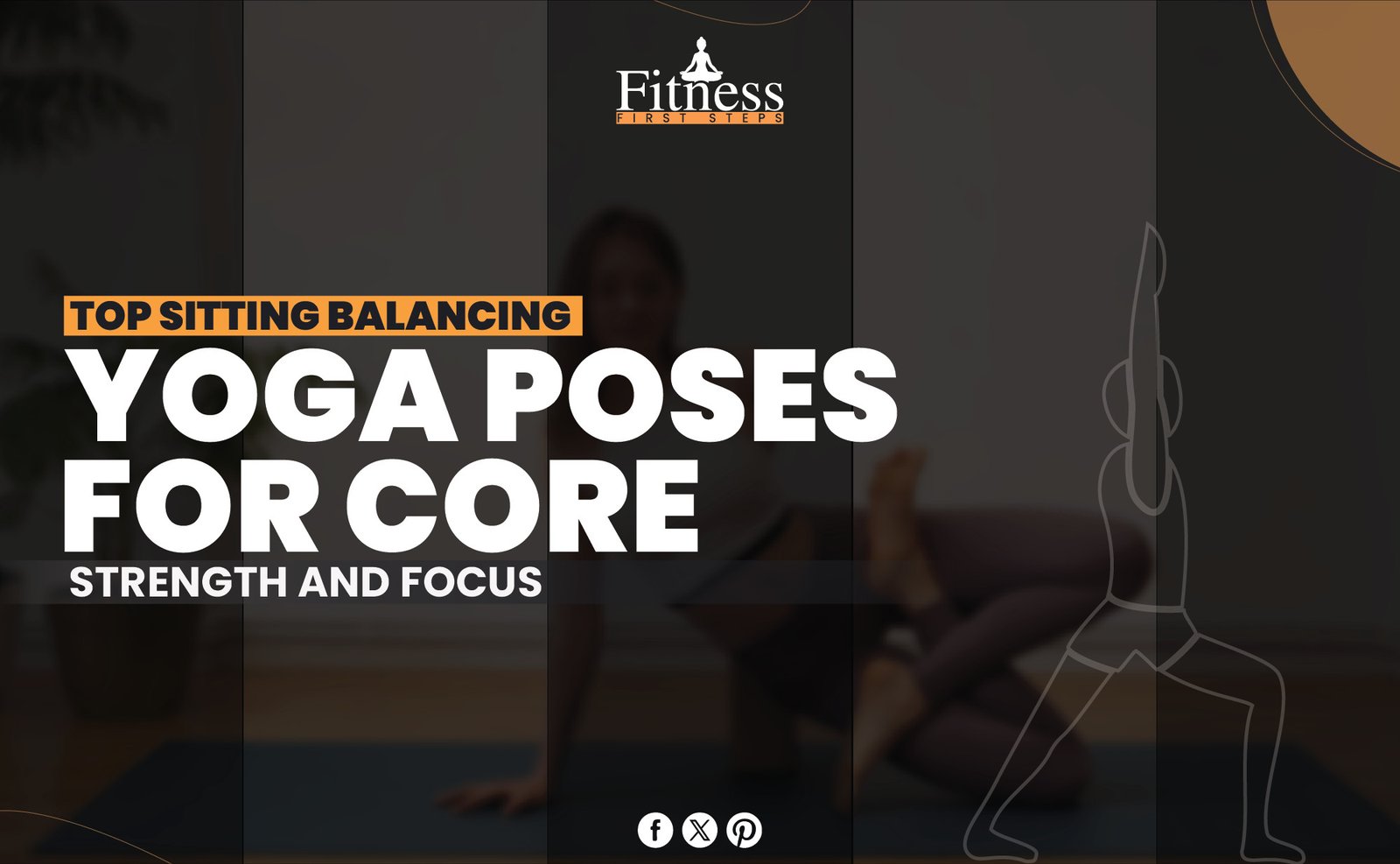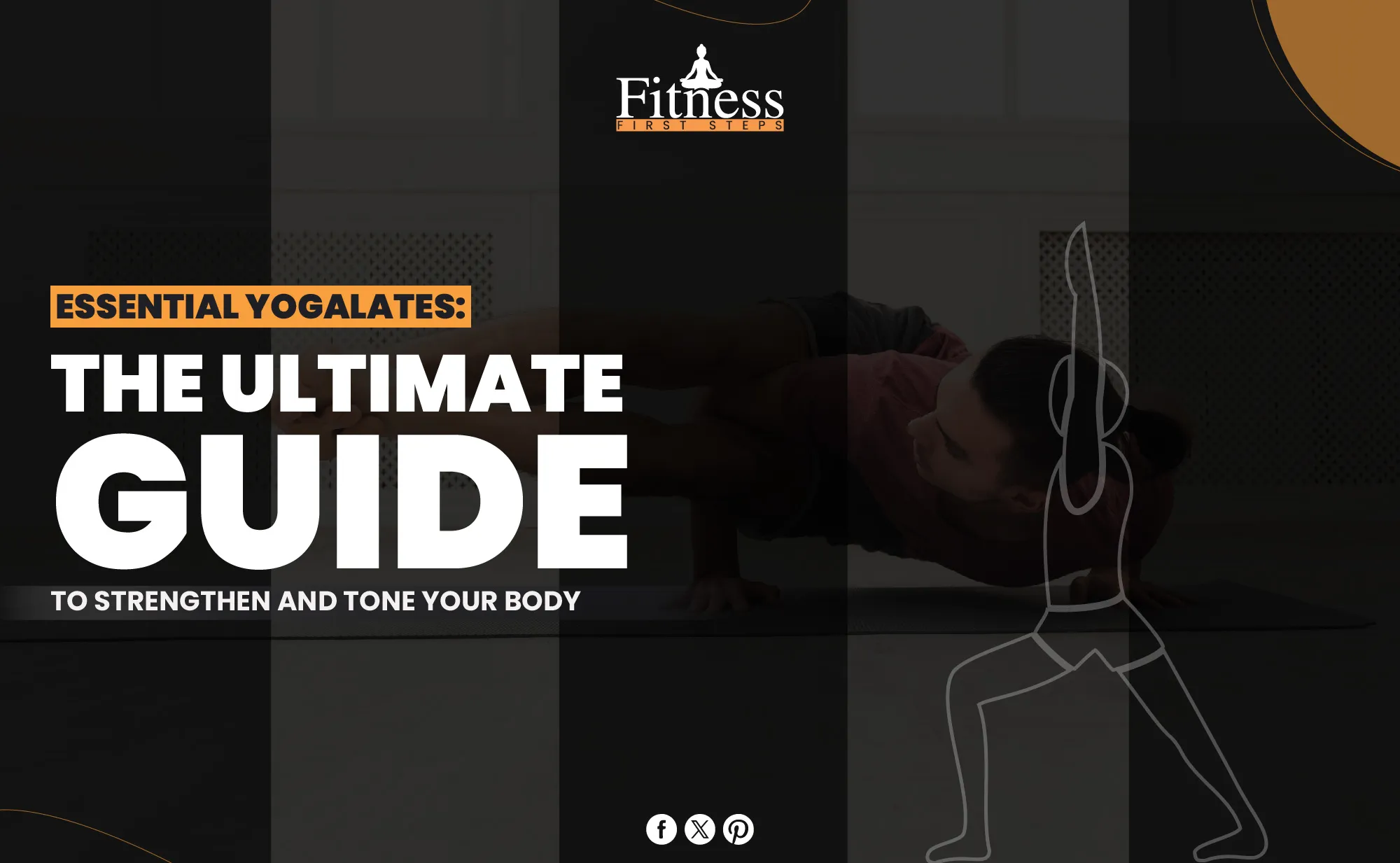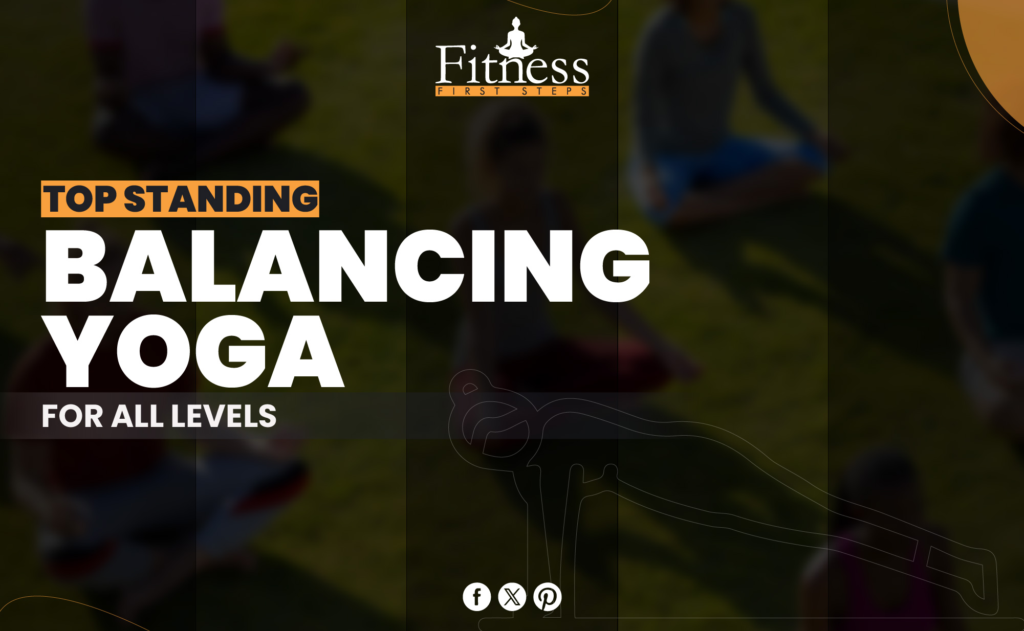Introduction
Prenatal yoga is an approach that takes care of the whole person. It strengthens the body, calms the mind, and brings the spirit together. Prenatal yoga is a unique mix of physical activity and mental peace designed for pregnant women. It guides you through the changing waves of pregnancy, making you feel better and preparing your body for birth.
Prenatal yoga has many benefits for expecting mothers. It can help them become more flexible, strong, and durable, which are all important for giving birth. It can also help them relax and feel less stressed by teaching them deep breathing and relaxation techniques.
The Benefits of Prenatal Yoga
Physical Benefits
- Improving flexibility and strength: Getting more robust and flexible will help your body adapt to changes, making it easier for pregnant women to deal with their growing bellies and moving centers of gravity.
- Alleviating common pregnancy discomforts: Taking away joint pregnancy pains like back pain and swelling, these medicines help women feel better during their pregnancy.
- Boosting circulation: Increasing circulation lowers the possibility of edema and varicose veins, especially in the latter phases of pregnancy. This increased blood flow helps the mother and fetus deliver nutrients and oxygen better.
- Preparing the pelvis for childbirth: Toning and focusing on essential labor and delivery muscle groups will help to prepare the pelvis for delivery. This might shorten labor and make the delivering process go more smoothly.
Mental Benefits
- Reducing stress and anxiety: Stress and anxiety can be reduced by teaching pregnant women mindfulness and breathwork methods that can help them deal with emotional ups and downs during and after pregnancy.
- Promoting relaxation and better sleep: Getting people to relax and sleep better is especially important for pregnant women to keep their health and energy up during this busy time.
- Enhancing emotional balance and well-being: Positive thinking and minimizing prenatal depression improve emotional balance and well-being. Maintaining emotional stability through regular practice helps mothers adjust to new circumstances.
- Building a supportive community: Pregnant mothers support each other. Joining prenatal yoga classes is a unique way to share experiences and make connections that last.
Emotional Benefits
- Cultivating a deeper connection with the baby: Devoting time to nurturing oneself and the life within will facilitate the development of a more profound bond with the infant and a sense of tranquility.
- Building confidence and empowerment: Giving women the confidence and strength they need for childbirth and motherhood sets the stage for a good birth experience and the challenges of raising a child.
- Facilitating a smoother transition into motherhood: Empowering women with postpartum resilience and emotional strength to make motherhood easier. Preparation can reduce the feeling of being overwhelmed and improve newborn care.
- Encouraging self-awareness and intuition: Promotion of body and infant awareness and intuition. Expectant moms can become more in tune with their body’s signals and demands through prenatal yoga, supporting natural birthing and parenting.
Safe Practices and Modifications
Consulting with a Healthcare Provider
- Ensuring Safety for Mother and Baby – Expectant moms should see their doctor before commencing any pregnancy exercise regimen, including yoga. Considering health and pregnancy concerns, this stage ensures that the chosen activities are safe and acceptable.
- Personalizing the Yoga Practice – Prenatal yoga programs can be adapted to each expectant mother’s needs and constraints based on medical guidance. This tailoring maximizes yoga benefits while limiting hazards.
- Monitoring Pregnancy Changes – Regular doctor visits allow prenatal yoga to be adjusted as pregnancy progresses. The exercise routine remains safe and effective during all trimesters with these adjustments.
Guidance on Safe Yoga Poses and Modifications Suitable for Each Trimester
First Trimester
- Modified Downward-Facing Dog: The Downward-Facing Dog Pose has been changed by adding blocks to help with the stomach.
- Standing Mountain Pose: The Standing Mountain Pose with your feet hip-width apart for support. Do this pose to improve your balance and sense of grounding.
- Seated Butterfly Stretch: This stretch gently opens up the groin and hips without putting too much pressure on the belly.
Second Trimester
- Side Angle Pose: To support a growing belly and keep your balance, do a side-angle pose with the help of a chair.
- Cat-Cow Stretch: Focus on gentle spine movements during the Cat-Cow Stretch and avoid deep backbends.
- Warrior II: Warrior II to make the legs stronger and the pelvic floor more stable, with changes made so that the body doesn’t overextend.
Third Trimester
- Goddess Pose: To open and strengthen your hips, do Goddess Pose. You can put blocks under your hands for support if you need to.
- Puppy Pose: Support yourself with cushions in Puppy Pose to avoid putting pressure on your belly. This pose is a gentle way to stretch your upper body and back.
- Wide-Legged Forward Bend: So that your pelvis doesn’t have to work too hard, bend over and rest your hands on a chair or blocks for support.
General Modifications
- Props like blocks, bolsters, and bands can help you stay in place and give you support.
- To keep your stomach and major blood vessels from getting squished, stay away from poses that have you lying on your stomach or back flat.
- To help you relax and feel less stressed, do healing poses like Child’s Pose with a bolster for belly support.
- By adapting to the body’s changing needs and abilities, these changes make sure that prenatal yoga practice stays safe, loving, and helpful throughout the whole pregnancy.
Listening to the Body and Practicing Self-Care During Pregnancy
- Recognizing the Body’s Signals – Pay attention to any pain, tiredness, or strain you feel. If a pose doesn’t feel right, change it or skip it. Listening to your body’s cues can help you avoid hurting or overworking yourself.
- Prioritizing Rest and Relaxation -Make sure you get enough rest between yoga classes and during the day. For a healthy pregnancy, rest is just as important as exercise, and it helps the body’s normal processes of growth and adaptation.
- Staying Hydrated and Nourished – Getting enough water and food is very important during pregnancy. They help the body handle the extra work and are good for your health and the growth of the baby.
- Fostering Emotional Well-being – Take advantage of pregnant yoga as a chance to be present and connect with your growing child. Meditation and controlled breathing are two practices that can greatly improve mental health.
- Creating a Balanced Routine – Balance your workout with prenatal yoga and mild activity like strolling or swimming. This improves physical health and makes pregnancy more joyful.
- Seeking Professional Guidance When Needed – Ask a prenatal yoga instructor or doctor about a position or strange symptoms. Professional help protects mother and child.
Finding Prenatal Yoga Classes
- Certified Instructors – Find prenatal yoga sessions taught by certified instructors. These specialists know pregnant women’s needs and limitations, ensuring a safe and supportive atmosphere.
- Online Resources – Online sites and apps that offer prenatal yoga sessions should be used. Because of this, pregnant women can train whenever they want and from the comfort of their homes.
- Community Centers and Health Clubs – Find pregnant yoga classes in your area by checking with community centers and health clubs. Most of the time, these places offer a variety of lessons that are good for women at different stages of pregnancy.
- Word of Mouth and Recommendations – Get suggestions for pregnant yoga classes from family, friends, or your doctor. You can find a helpful and knowledgeable teacher through personal recommendations.
- Trial Classes – Trial courses can help you select the ideal pregnant yoga teacher, class size, and approach. A comfortable and beneficial yoga practice atmosphere is ensured.
Incorporating Mindfulness and Breathwork
Introducing Mindfulness Practices to Cultivate Present Moment Awareness
- Daily Mindfulness Meditation – Schedule daily mindfulness meditation, focusing on the breath and letting thoughts pass without judgment. For maternal and fetal health, this technique promotes calm and attentiveness.
- Mindful Walking – Include mindful walking as a habit, noticing each step, and breathing without judgment. This grounding technique helps improve physical and emotional balance by connecting the body and mind.
- Mindful Eating – Focus on eating and drinking mindfully. Eat gently to enhance digestion and appreciate food throughout pregnancy. Notice textures, scents, and flavors.
- Body Scan Relaxation – Body scan relaxation routines involve moving your awareness through each body region. This technique helps identify tension and relax, essential for pregnancy stress management.
Expectant mothers might feel more connected to their bodies and their children and handle pregnancy issues with more ease by incorporating mindfulness techniques.
Teaching Simple Breathing Techniques to Reduce Stress and Promote Relaxation
- Deep Diaphragmatic Breathing -Stretching the diaphragm rather than the chest helps pregnant women breathe deeply. To elevate and lower the belly, gently inhale and exhale through the mouth or nose. Relaxation and stress management are obtained with this breathing method.
- 4-7-8 Breathing Technique – This technique, called the “Relaxing Breath,” entails breathing in for four, holding for seven, and then expelling gently for eight. Mother and baby benefit from this pattern’s calmness and anxiety reduction.
- Alternate Nostril Breathing – Even though it takes more focus, opposite nostril breathing balances energy and calms the mind. This exercise promotes harmony and calm by gently closing one nostril, inhaling through the other, and then swapping nostrils to exhale and inhale.
- Guided Visualization Breathing – Breathing and guided visualization increase relaxation. Trainers can help expectant mothers picture a tranquil setting or the body’s energy flow with each breath. Stress reduction and a loving mental environment are achieved with this strategy.
When added to prenatal yoga courses or everyday routines, these breathing techniques help reduce tension and anxiety and promote relaxation and well-being during pregnancy.
Exploring the Connection Between Breath, Body, and Baby During Prenatal Yoga Practice
- Enhanced Awareness -Prenatal yoga creates a harmony between breath, body, and baby, raising awareness in pregnant moms. Focused breathing and gentle motions help mothers-to-be connect with their bodies and babies.
- Fostering Bonding – Prenatal yoga lets women bond with their newborns. Mothers can connect with their babies intuitively and deeply before birth through mindful breathing and movement.
- Stress Reduction for Both Mother and Baby – Controlled breathing during prenatal yoga calms the mother and baby. Research suggests that yoga’s stress reduction enhances fetal health, making pregnancy and birthing easier.
- Preparing for Labor – Breathing with movement prepares pregnant women for childbirth. Deep diaphragmatic breathing and 4-7-8 breathing can assist in managing discomfort and calm during contractions.
- Postural Alignment and Pelvic Floor Strength – The postures in prenatal yoga promote alignment and pelvic floor strength. These are essential for a healthy pregnancy, childbirth, and postpartum recovery. Understanding how to use breath to engage and relax muscles improves these routines.
Prenatal yoga holistically addresses pregnant health, well-being, and emotional connection by examining breath, body, and baby. The physical, emotional, and spiritual components of pregnancy are enhanced by this triangle, providing a grounded and nurturing road to motherhood.
Tips for Practicing Prenatal Yoga at Home
Creating a Peaceful Space for Yoga Practice at Home
Creating a serene and appealing home atmosphere for prenatal yoga might boost its effectiveness and enjoyment. Lay a yoga mat in a peaceful, clutter-free room at home. Dim lighting, quiet music, and lavender or chamomile essential oil diffusers can help you relax and focus. Provide good ventilation and a suitable temperature. A designated place makes practice more appealing and encourages regularity.
Offering Suggestions for Props and Equipment to Support Prenatal Yoga Poses
Several props and equipment can improve comfort, stability, and alignment for home prenatal yoga. A good yoga mat cushions and prevents slips. Yoga blocks can bring the ground closer in poses with restricted flexibility, while yoga straps can expand reach in stretches. Supporting relaxation and seated poses with bolsters or pillows is ideal. A solid chair can help balance standing poses or prop-up adjustments.
Providing a Sample Prenatal Yoga Sequence for Expectant Mothers to Try at Home
Start with Centering (5 Minutes)
Sit on a bolster or couch and close your eyes. Then, focus on taking deep, slow breaths. This sets the tone for your exercise and helps you connect with your baby.
Cat-Cow Stretches (5 Minutes)
Switch between gently bending your back up like a cat and dipping it down like a cow while on all fours. This action gets the spine warm and eases back pain.
Side Angle Pose (2 Minutes Each Side)
Stand with your feet far apart. Bend one knee so that it’s at a 90-degree angle, and reach the other arm over your head to stretch the side of your body. If you need to, use a block to help you.
Warrior II (2 Minutes Each Side)
Step back with your back foot and bend your front knee to a 90-degree angle. Keep your back leg straight. Put your arms to the sides, shoulder-width apart, and look over your front hand. This pose makes you stronger and more stable.
Seated Forward Bend (3 Minutes)
As you sit with your legs stretched out in front of you, take a deep breath to straighten your spine, and let out a breath as you fold forward from your hips, leading with your chest. Are you not able to reach your feet? Put a strap around them.
Savasana with Left Side Positioning (10 Minutes)
Savasana is the last pose of your practice. Lie on your left side with a pillow between your knees and another under your head for support. Pay attention to relaxing your whole body and getting close to your baby.
Remember that the most important thing about pregnant yoga is paying attention to your body and making changes to stay safe and comfortable. Before starting a new workout plan while pregnant, you should always talk to your doctor first.
Conclusion
Prenatal yoga is becoming increasingly popular as a great way for expecting moms to care for their physical, mental, and emotional health. It turns pregnancy into a deep relationship experience and gives women power by strengthening them, lowering their stress, and preparing them for labor. The practice brings peace, strength, and a deep connection between mother and child to the time before birth.
We encourage all pregnant mothers to try prenatal yoga for a peaceful and empowered parenthood. This traditional technique provides strength, tranquility, and bonding during a woman’s most changing time. Prenatal yoga can help you relieve physical pain, manage emotions, or connect with your baby.
Our pregnant women are invited to share their prenatal yoga experiences. Your tales can motivate and advise other mothers. Please share your thoughts, and let’s create a supportive and powerful community that focuses on the beauty of birth.




